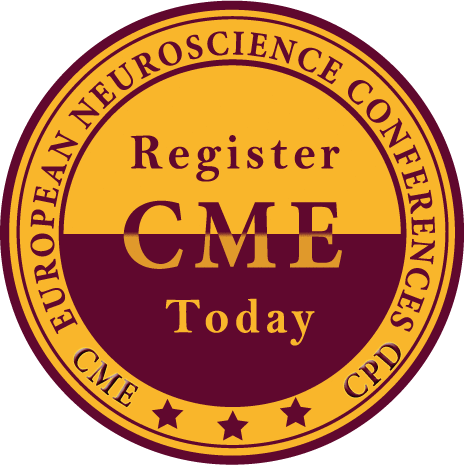Barbara Barbini
Irccs San Raffaele Turro, Italy
Title: ECT: Clinical and anesthesiological aspects in treatment resistant depression
Biography
Biography: Barbara Barbini
Abstract
Depression is associated with high morbidity and mortality. WHO has ranked depression as the leading cause of disability. Pharmacological treatment is the first choice. Despite appropriate treatment, 30-40% of patients with a depressive episode don’t achieve improvement. Of the patients that are resistant to conventional therapies, approximately 60% responded to ECT. In Italy, ECT is underused, with about 200-300 patients per year, treated for Treatment Resistant Depression (TRD) (Thase and Rush criteria). The American Psychiatric Association (APA) task force on severe affective illness considers ECT an effective treatment when pharmacological treatments failed. The close cooperation of the anesthesiologist and the psychiatrist is crucial to accomplish high quality and safe ECT. Indeed, the role of the anesthesiologist is not just to set the anesthesia plan but also to manage any clinical emergency. ECT requires general anesthesia with a combination of hypnotic and muscle relaxant drugs.
Anesthesiological management of such patients is often complex because their comorbidities so the best anesthetic approach should be chosen to improve the outcome from treatment and to minimize associated adverse effects. The efficacy of ECT relies on duration and quality of seizure after shock. Given this requirements, we present data from a large sample of TRD inpatients of Mood Disorder Unit. We discuss about the procedure, the rate of response, and of side effects and outcome with follow-up data.

